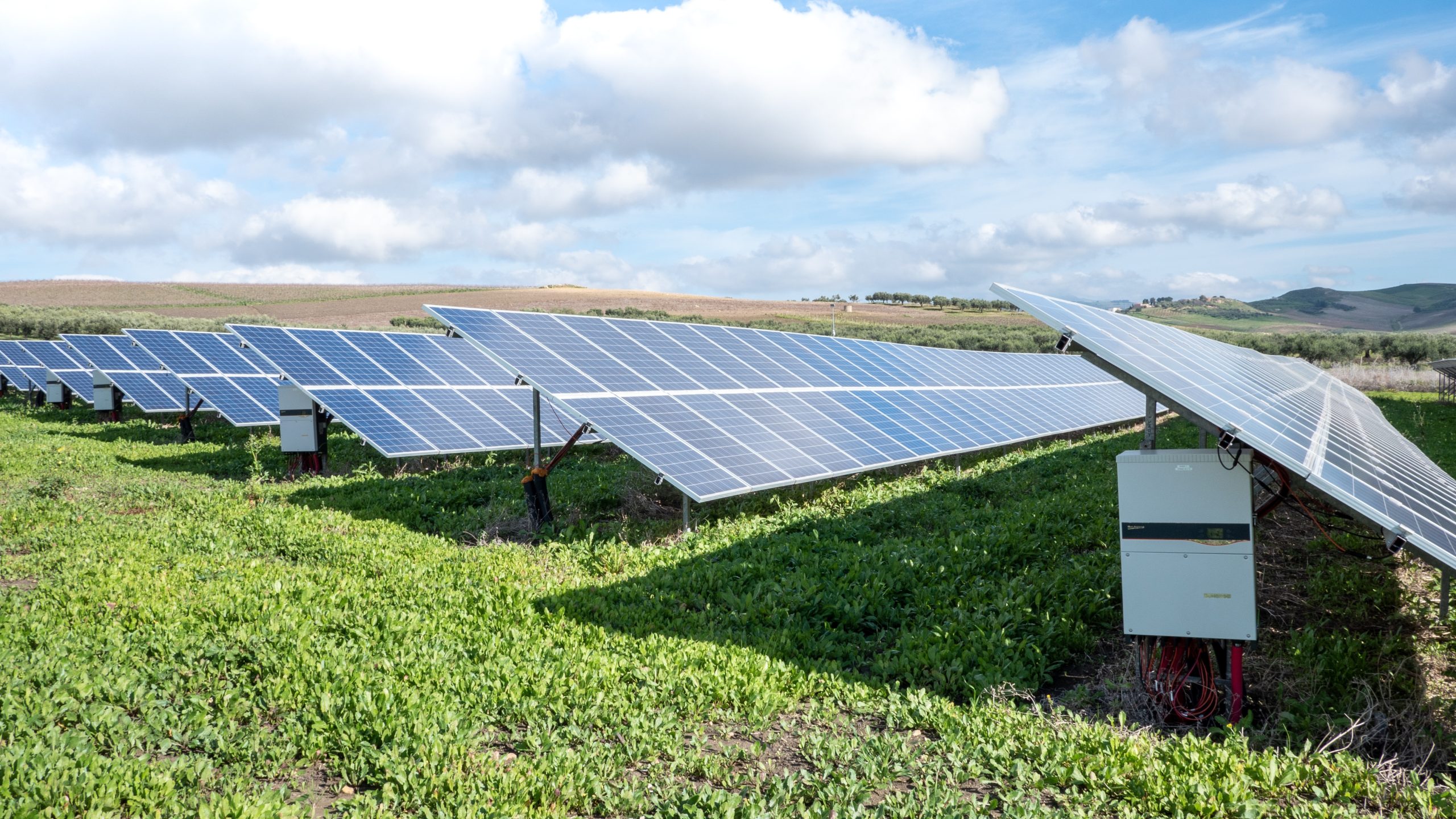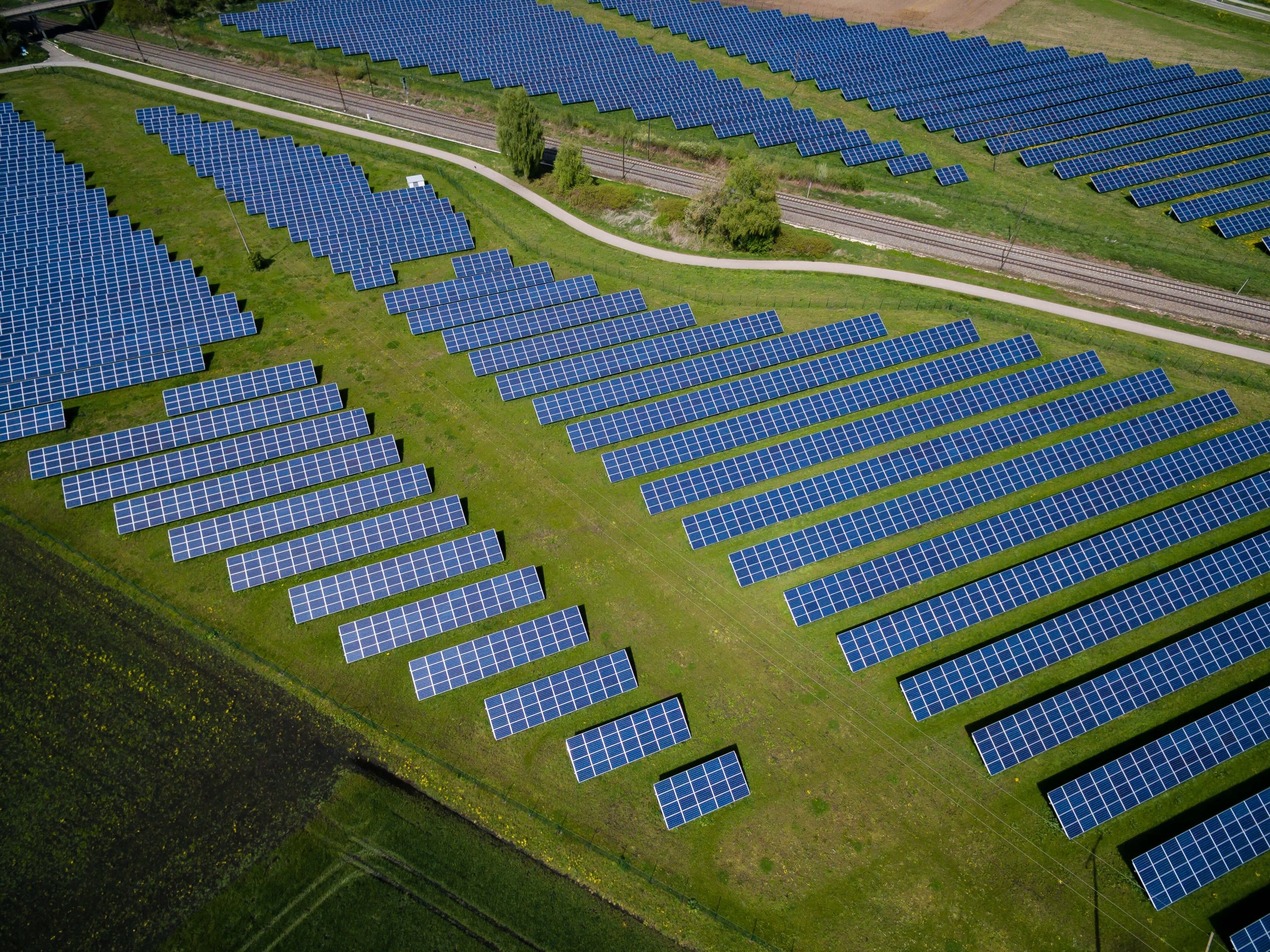Imagine a world where we could harness the power of the sun to meet our energy needs, just like plants do through the process of photosynthesis. Well, artificial photosynthesis is making this vision a reality. This groundbreaking technology is revolutionizing the way we think about energy production, offering a sustainable and efficient alternative to traditional methods. By mimicking nature’s own process, artificial photosynthesis holds the key to unlocking a greener future and providing us with a clean and abundant source of energy. In this article, we will explore the role of artificial photosynthesis in energy production and discover how it is shaping the future of renewable energy.

Introduction
Artificial Photosynthesis refers to the process of using sunlight to convert water and carbon dioxide into energy-rich molecules, mimicking the process of natural photosynthesis. It is regarded as a groundbreaking technology with immense potential in the field of energy production. By harnessing the power of sunlight, artificial photosynthesis offers a clean and sustainable solution to meet the growing energy demands of our modern society.
Understanding Natural Photosynthesis
Natural photosynthesis is the process by which plants and some microorganisms convert sunlight, water, and carbon dioxide into energy in the form of glucose and oxygen. This process takes place in the chloroplasts of plant cells and is facilitated by a complex series of chemical reactions. Sunlight is absorbed by chlorophyll, a pigment found in plants, which energizes electrons and initiates the conversion of water and carbon dioxide into glucose and oxygen.
Artificial Photosynthesis vs. Natural Photosynthesis
While artificial photosynthesis and natural photosynthesis share a common goal of using sunlight to generate energy, there are significant differences between the two processes. Natural photosynthesis primarily produces glucose and oxygen, whereas artificial photosynthesis focuses on generating hydrogen or converting carbon dioxide into useful fuels.
Artificial photosynthesis also offers several advantages over its natural counterpart. Firstly, it can operate more efficiently, as it can be optimized to respond to different wavelength ranges of sunlight. Additionally, it does not have the limitations of depending on land availability or being constrained by seasonal changes like natural photosynthesis. However, artificial photosynthesis still faces certain limitations, such as the need for expensive materials and the challenges associated with scaling up the technology.
Principles of Artificial Photosynthesis
The core principle of artificial photosynthesis is the efficient conversion of sunlight into energy. Photovoltaic cells, commonly known as solar cells, play a crucial role in capturing and converting sunlight into electricity or other forms of energy. These cells are made up of semiconductor materials that release electrons when exposed to sunlight. These released electrons are then harnessed to drive electrochemical reactions.
Electrochemical reactions are another key component of artificial photosynthesis. These reactions involve the transfer of electrons between different species, leading to the generation of energy-rich molecules. In the case of artificial photosynthesis, water splitting or carbon dioxide reduction reactions are typically employed to generate hydrogen or useful fuels.

Key Components of Artificial Photosynthesis
Several components are essential for the successful implementation of artificial photosynthesis. Photovoltaic cells, as mentioned earlier, are integral in converting sunlight into electricity. These cells are designed to efficiently absorb sunlight and generate an electric current. Electrolyzers, on the other hand, are responsible for splitting water into oxygen and hydrogen gas through electrochemical reactions. Photocatalysts, which are usually made of nanoparticles, play a critical role in absorbing sunlight and initiating chemical reactions.
Artificial Photosynthesis for Hydrogen Production
Hydrogen holds tremendous potential as a clean and sustainable energy source. Artificial photosynthesis can play a vital role in producing hydrogen gas through its efficient conversion of solar energy. One approach involves the use of solar cells to generate electricity, which is then used to power electrolyzers. These electrolyzers split water into hydrogen and oxygen, with the hydrogen collected as a clean and renewable fuel source. Another approach is the use of photocatalysis, where photocatalysts are employed to drive the water-splitting reaction directly in the presence of sunlight.

Artificial Photosynthesis for Carbon Dioxide Reduction
One of the major challenges the world faces today is the excessive accumulation of carbon dioxide in the atmosphere leading to climate change. Artificial photosynthesis offers a promising solution by converting carbon dioxide into useful fuels. Through the use of catalysts, carbon dioxide can be reduced to produce fuels such as methane, ethylene, or even liquid hydrocarbons. This process not only helps in reducing carbon dioxide levels but also produces valuable energy sources.
Challenges and Limitations of Artificial Photosynthesis
While artificial photosynthesis shows immense potential, there are challenges that need to be addressed for its widespread adoption. Efficiency and scalability are key concerns, as current technologies are still far from reaching the same efficiency levels as natural photosynthesis. Scaling up the technology to meet the energy demands of a growing population is also a significant challenge, as it requires the development of cost-effective and scalable systems. Additionally, the commercial viability of artificial photosynthesis must be explored further to assess its economic feasibility and competitiveness.

Applications of Artificial Photosynthesis
Artificial photosynthesis has a wide range of potential applications. One of the most significant applications is clean and sustainable energy generation. By utilizing solar energy and converting it into hydrogen or other useful fuels, artificial photosynthesis provides an environmentally friendly alternative to traditional fossil fuel-based energy production. This technology can also be employed in the development of carbon-neutral fuel production, reducing the carbon footprint associated with transportation and industrial processes.
Future Outlook of Artificial Photosynthesis
With advancements in technology and ongoing research, the future of artificial photosynthesis looks promising. Scientists are continuously exploring materials and catalysts that can enhance the efficiency of the process. Furthermore, the integration of artificial photosynthesis into existing infrastructure and energy systems could potentially revolutionize the way we generate and utilize energy. As renewable energy becomes increasingly crucial in mitigating climate change, artificial photosynthesis holds the potential to be a game-changer in the global energy landscape.
In conclusion, artificial photosynthesis offers a transformative approach to energy production. By emulating the process of natural photosynthesis, this technology harnesses the power of sunlight to generate clean and sustainable energy sources. With continued research and development, artificial photosynthesis has the potential to revolutionize our energy systems and contribute to a greener and more sustainable future.













